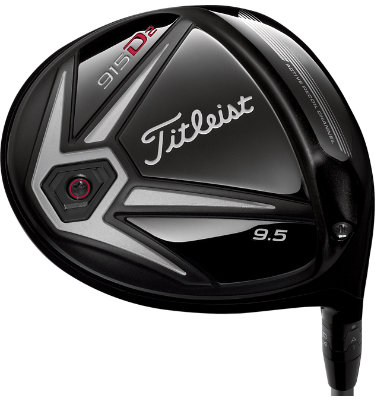IGNORED
What's so special about German Stainless Steel?
-
Topics Being Discussed Right Now on The Sand Trap
-
- 6,632 replies
- 255,994 views
-
- 3,495 replies
- 348,695 views
-
- 2,961 replies
- 245,663 views
-
"5 Minutes Daily" Practice Challenge 1 2 3 4 841
By iacas, in Instruction and Playing Tips
- 5 minutes daily
- dedication
- (and 6 more)
- 15,127 replies
- 912,648 views
-
- 16 replies
- 2,105 views
-







Recommended Posts
Create an account or sign in to comment
You need to be a member in order to leave a comment
Create an account
Sign up for a new account in our community. It's easy!
Register a new accountSign in
Already have an account? Sign in here.
Sign In Now